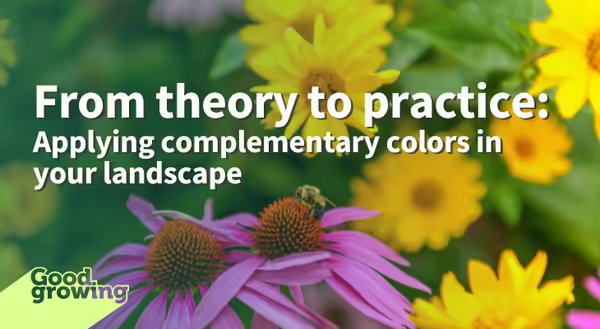
Although we have been taught colors since before we began attending school, colors can be challenging. Colors are complicated and there is so much variety it may seem overwhelming. Think of the wall of paint color swatches at the hardware store, and you may recall entire sections are devoted to shades of blue or green or any of the other colors.
Color theory is complex. Books have been authored on the subject; professionals devote their lives to mastering the art of it; courses have been developed to teach people principles. One of the first systems developed to organize color was created by Professor Albert Munsell and published in A Color Notation in 1905. The system organizes colors as they relate to each other in a three-dimensional representation. The system assigns each color a hue, value, and chroma in order to communicate more efficiently and effectively.
- Color hues are the basic colors of the color wheel (ie. red, orange, yellow, green, blue, purple, etc.) and most systems include ten or twelve hues. Hue is familiar to us.
- Value is the lightness or darkness of the hue. I find it helpful to think of mixing paint when trying to understand value. Colors that have more white in them are lighter and are described as having a high value. Colors that are darker with more black added to them have a lower value and are described as shades.
- Chroma describes the concentration of the hue. Colors with the most chroma are pure- think bluest blue or reddest red. High chroma colors are vibrant while colors with the least amount of chroma will appear more grayish.
This is all fascinating and nerdy but how does it help you create a garden space that you love and looks great? Beginning with this article, over the next few months, I’m going to use the color wheel to demonstrate ways that colors relate to each other which. These color families can be applied to the landscape to create interest, inspire emotion, and personalize a space.
Everyone loves a complement
We begin with complementary colors. On the color wheel, complementary colors are opposite of each other. Complementary colors are in high contrast with each other. When positioned next to each other, they stand out and appear brighter in a design. When used in a landscape, contrasting colors can add energy and excitement to a space.
A pair of contrasting colors includes a warm color (reds, oranges, and yellows) with a cool color (greens, blues, and violets). Common complementary color sets include red and green, purple, and yellow, and blue and orange (Go Illini).
How to get started in complementary colors
- Choose a dominant color - this color will be the primary color in the landscape. This could be your favorite color, a color that complements an existing element such as a house or structure, or the color of your favorite flower. You may also find inspiration in photos or other’s gardens.
- Identify the complementary color – this color will be opposite of the dominant color on the color wheel and will serve as the accent.
- Select plants and garden elements that feature these colors first. Consider flowers and foliage as ways to incorporate color in the landscape. Use the two primary colors as a guide but incorporate a diversity of color shades for interest and dimension.
- Other colors can be incorporated into a design strategically. Neutrals are a great way to add additional color without compromising your binary contrasting color palette.
Combination ideas
-
Purple and Yellow:
- Purple coneflower (Echinacea purpurea) and Lance-leaf coreopsis (Coreopsis lanceolata)
- Monarda (Monarda fistulosa), Blazing star (Liatris spicata) and Grey-headed Coneflower (Ratibida pinnata)
- New England Aster (Symphyotrichum novae-angliae), Purple Prairie Clover (Dalea purpurea) and Showy Goldenrod (Solidago speciosa)
-
Red and Green
- Cardinal Flower (Lobelia cardinalis) and Prairie Dropseed (Sporobolus heterolepis)
- Wild columbine (Aquilegia canadensis) and Lady Fern (Athyrium filix-femina)
-
Orange and Blue
- Orange Butterfly weed (Asclepias tuberosa) and Cransebill (Geranium ‘Gerwat’ Rozanne)
Good Growing Fact of the Week: Don’t forget about foliage. Plants like coleus and caladium can have complementary colors in their leaves. The green foliage of plants can complement red flowers. Consider all aspects of the garden when using complementary colors.
Thank you for reading!
Sign up for our emails! Want to get notified when new Good Growing posts are available? SIGN ME UP
Give us feedback! How helpful was this information (click one): Very helpful | Somewhat helpful | Not very helpful